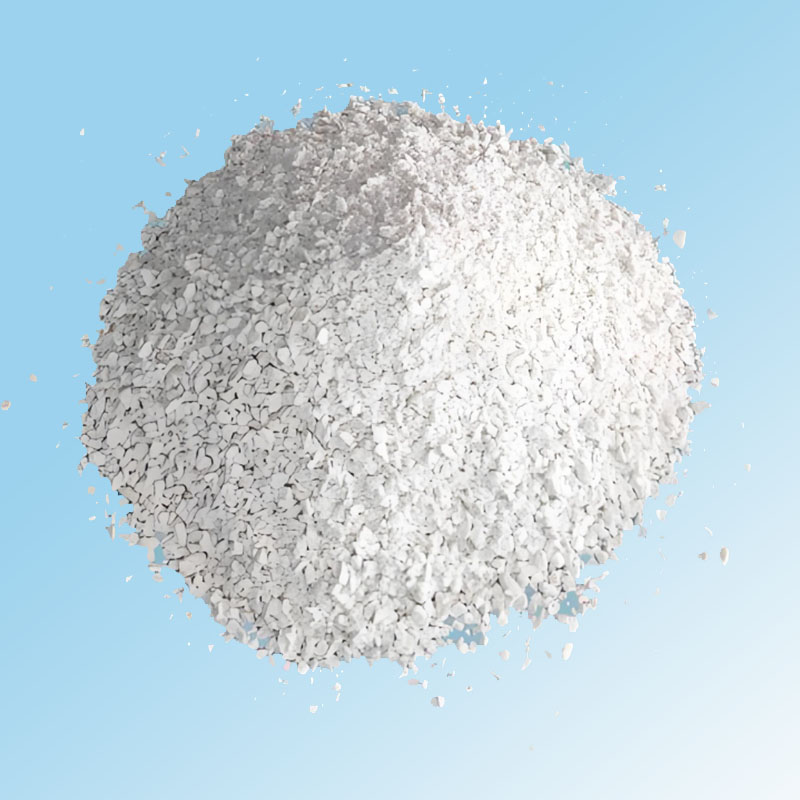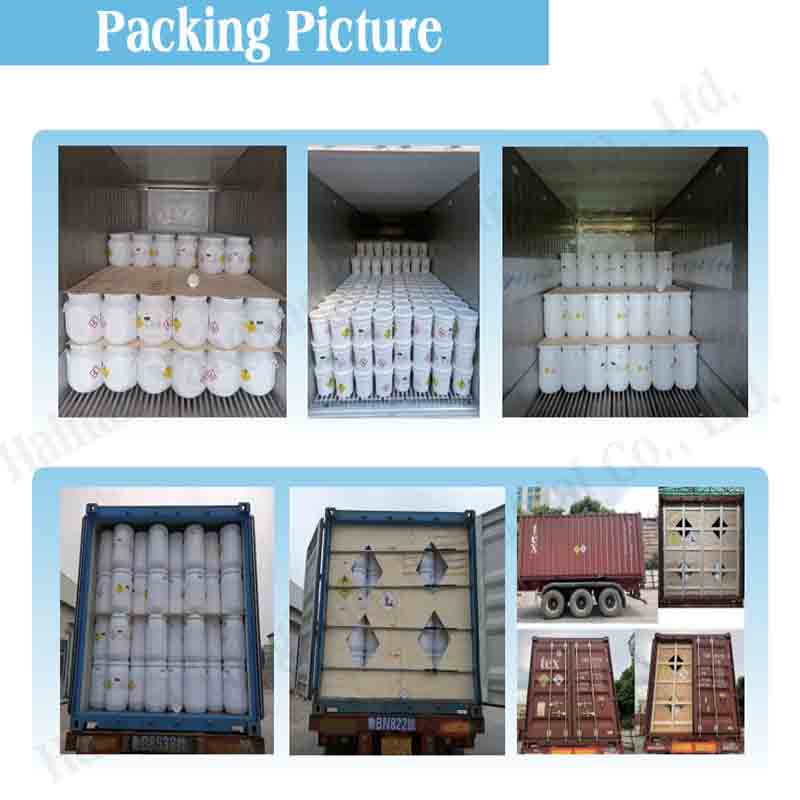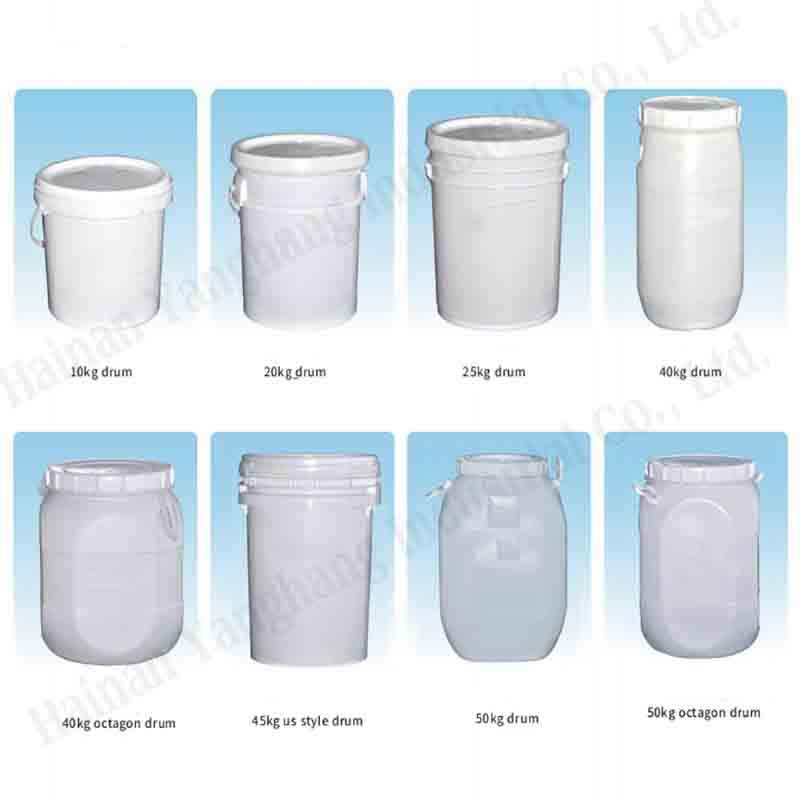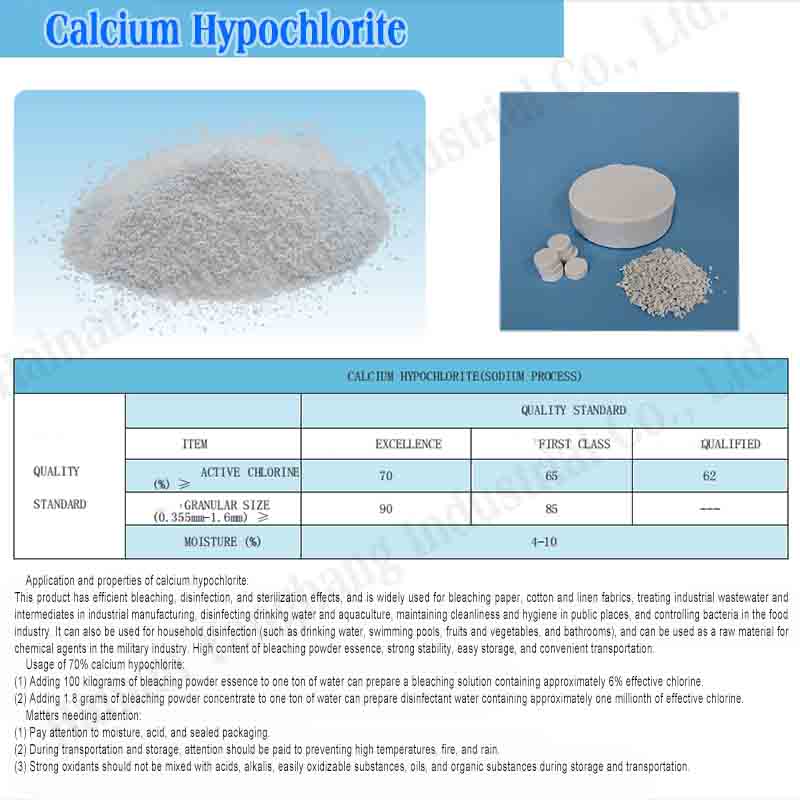Hainan Yanghang Industrial Co., Ltd.
34 years of focusing on R&D, production and sales of water treatment chemical products
 info@hnyhxd.com
info@hnyhxd.com
Calcium hypochlorite
Calcium hypochlorite, an inorganic compound with the chemical formula Ca(ClO)2, is often used in the bleaching process in chemical production. It plays an important role in industrial production due to its rapid onset and outstanding bleaching effect.
Chemical formula: Ca(ClO)2
Molecular weight: 142.983
CAS Number: 7778-54-3
EINECS Accession Number: 231-908-7
Melting point: 100 ℃
Water solubility: soluble in water, its aqueous solution is alkaline
Density: 2.35 g/cm3
Appearance: white powder with a smell similar to chlorine gas
Use:
1. An oxidizing bactericide whose bactericidal mechanism is similar to that of liquid chlorine. Long-term use of this product will increase the concentration of Caz+ in the system.
2. It is a high-efficiency bleaching agent. It is mainly used for bleaching of cotton and linen textiles, chemical fibers, pulp and starch, biochemical treatment of pollutants, etc. It is also used for disinfection and sterilization of drinking water and swimming pool water. In military industry, it can be used as chemical poison (such as mustard gas, etc.) and radioactive disinfectant.
Safety:
Toxic, irritating to skin and eyes, entry can cause nasal congestion, sore throat. Staff who come into contact with and use it should wear the prescribed utensils to prevent the ammonium hypochlorite solution from entering the human body and skin. If it accidentally enters the body, they should immediately rinse with water. When the skin is burned, it should be rinsed with a dilute solution of sodium thiosulfate and water, and then coated with olive oil. Calcium hypochlorite can spontaneously combust when it encounters organic matter and flammable materials. Do not store and transport together with organics, acids, oils and reducing agents.
First-aid:
Skin Contact: Immediately remove contaminated clothing and rinse skin thoroughly with soap and water. seek medical attention.
Eye Contact: Lift the eyelids and flush with running water or normal saline. seek medical attention.
Inhalation: Quickly leave the scene to fresh air. Keep the airway open. If breathing is difficult, give oxygen. If breathing stops, give artificial respiration immediately. seek medical attention.
Ingestion: Drink enough warm water to induce vomiting. seek medical attention.







